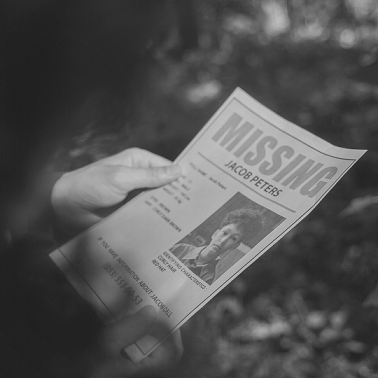Checklist: What You Should Do When a Child Goes Missing

There is perhaps nothing as scary as a missing child — however, one of the best ways to help a lost child return safely home is to work together as a community. In the case of a lost child, we’ve compiled a helpful checklist of everything you should do.
The First 24 Hours
- Call law enforcement immediately. For children under the age of 18, there is no waiting period — so local authorities are required to enter a missing child’s name and information into the FBI’s National Crime Information Center (NCIC) Missing Person File immediately. When talking with local law enforcement, ask for the name and telephone number of the investigator assigned to your case.
- Compile your child’s information. When you speak to the police, FBI, or other local authority, be prepared with the following information. By having all of these facts compiled in an organized way, the police will be able to move quickly and create Be On the Look Out (BOLO) bulletins to distribute in your community and other jurisdictions.
- Child’s full name, including first, middle, and last
- Child’s weight and height
- Child’s current age and date of birth
- Clothes the child was last seen wearing
- Any identifying features — such as a birthmark, scar, glasses, or even certain mannerisms
- Names and contact information of the child’s friends
- Any frequently visited places
- Any health issues the child has
- Any other relevant details about the time or place of the child’s disappearance
- Recent and recognizable photograph
The police can only distribute an alert if they have enough descriptive information about the missing child. Although this process can be incredibly emotional and taxing, try to be as specific and detailed as possible.
If your local authorities suspect any suspicious circumstances, they may issue an AMBER alert to spread the news throughout your community.
- Do not touch or remove anything from your home. During the first 24 hours, law enforcement may want to review your home — and your child’s room — to collect any possible evidence. Everything, from clothing and computers to personal items and trash, may hold a clue to where your child is.
- Take care of yourself and your family. Don’t be afraid to delegate tasks to family or friends so you can take a break. One easy way to do this is to designate one person to answer your phone. Keep a notebook by the telephone so it’s simple to jot down names, information, and telephone numbers for future reference.
The Second 24 Hours
- Speak with your law enforcement investigator. During the second day of the search, talk with your investigator about what steps are being taken to find your child. In addition, now is a good time to discuss scheduling press releases or media events. If you would like to speak to the press, it can be a good idea to ask someone close to you to serve as your media spokesperson.
- Continue to provide information. After the first 24 hours, continue to expand your list of friends, acquaintances, family members, or even individuals in your community such as a delivery person or a dog walker, who may have seen your child.
Next, call your child’s doctor and dentist and ask for copies of their medical records and x-rays to provide to law enforcement.
- Take care of yourself. Ask for help from your family and friends as you undergo this process. Your largest responsibility during the first 48 hours of a child’s disappearance is to provide information and serve as a resource for law enforcement.
Learn More
If a child goes missing in your community, it can be a harrowing and emotional experience for everyone involved. To learn more about how to navigate a missing child, check out this helpful survival guide from the U.S. Department of Justice.
FBI Child ID App
The FBI has created a free tool to provide a convenient place to electronically store photos and other vital information about your children so that it is available anytime you need it. You can show the pictures and provide physical identifiers, such as height and weight, to security or police officers on the spot. Using a special tab on the app, you can also quickly and easily email the information to authorities with a few clicks.
The app also includes tips on keeping children safe and features a password protection option to help keep your information safe.
